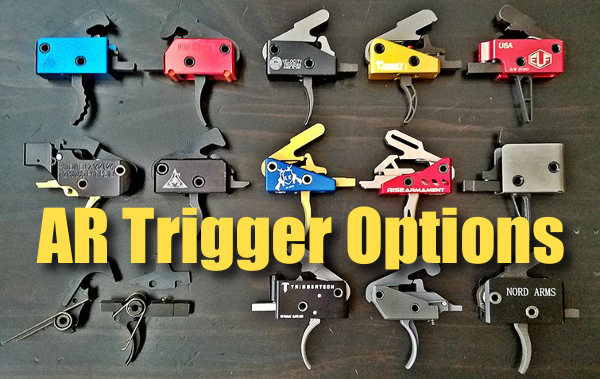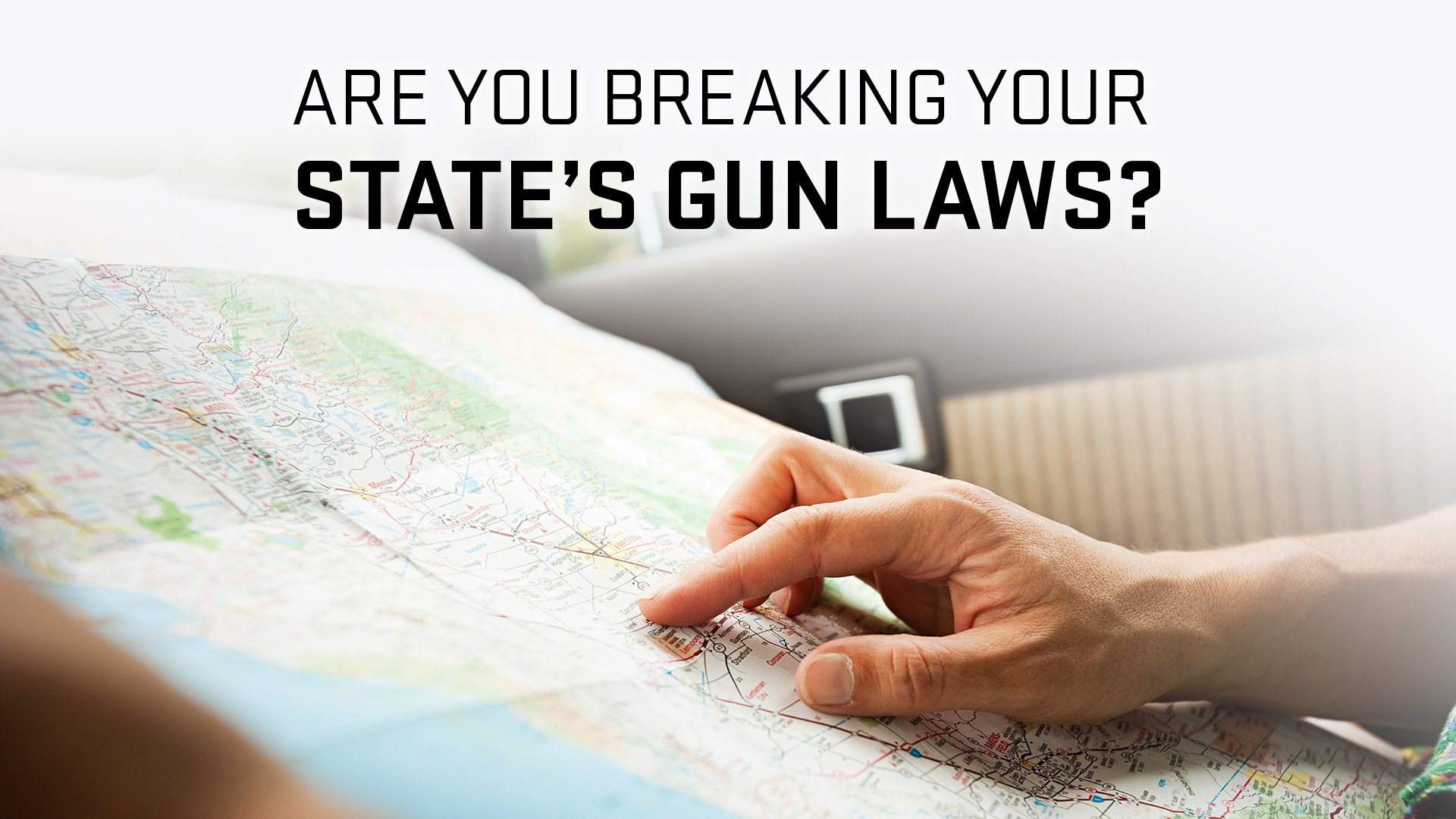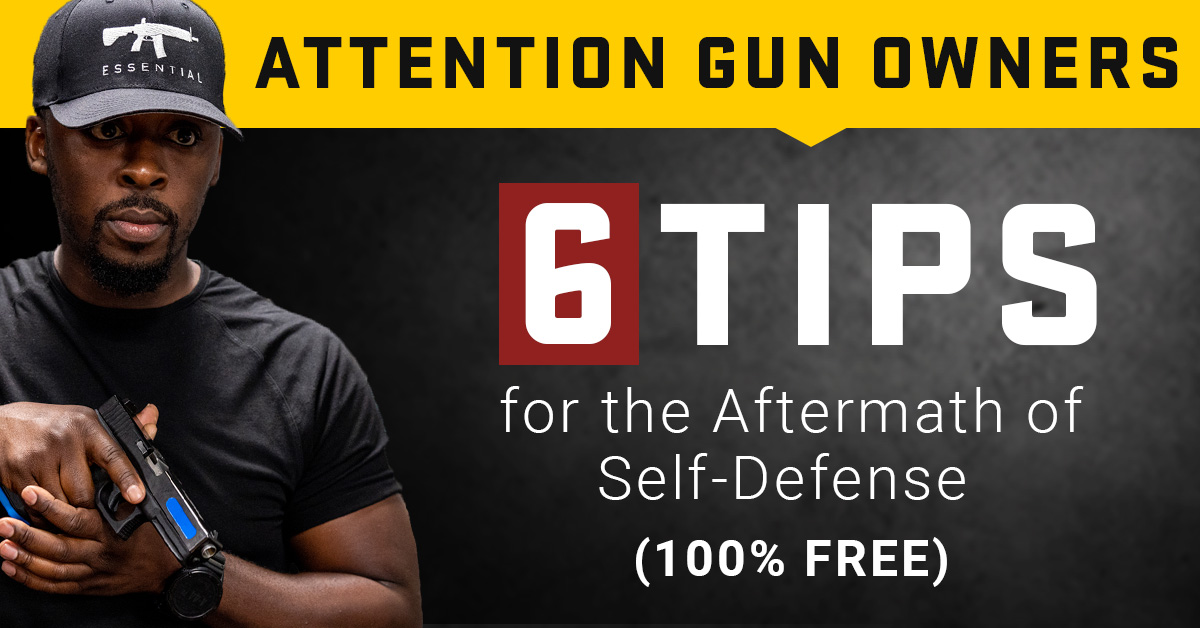The standard mil-spec triggers on AR-platform rifles may be fun and versatile but they leave a lot to be desired. They are often gritty with heavy pull weight and creep. A trigger group upgrade is one of the easiest and most effective AR upgrades. A better fire control group can make a big difference. There are many options available for aftermarket triggers for AR platform rifles. Choose from single-stage or dual-stage, standard trigger assemblies or unitized “drop in” triggers, such as those made Triggertech or Timney. Click HERE to read the full AR Trigger article on NRA Blog. AR-platform rigs are great for NRA High Power competitions when upgraded with a precision barrel and precision trigger (Photo from NRA blog, at Camp Perry). Two-Stage vs. One-Stage Triggers
Two-stage triggers are two separate movements. The first stage is a spring-loaded, light pressure that works against the pull of the shooter until the second stage. This is called “take-up”. When there is no spring, it’s called “slack”. If the shooter continues to pull the trigger after reaching the second stage, it will function like a one-stage trigger until the sear is engaged and the gun is fired. Some shooters prefer the two-stage trigger, as it allows for mental preparation (first phase) before making the final decision to fire the gun. Single-stage triggers have no take-up, slack or pause as they engage the sear immediately after the shooter pulls the trigger. Some shooters prefer a two-stage, feedback-rich trigger for its first stage. Others, such as those who use their rifles in tactical situations, may prefer a single-stage, trigger that is ready to fire once the finger is inside the triggerguard. A good trigger should have minimal creep, be free of grit, and provide a smooth, even release. Drop-In Trigger Assembly or Standard Trigger Group?
Standard and drop-in groups are available once you have decided on a two-stage or single-stage trigger. Standard trigger groups are made up of all the parts that make up the fire control group, which need to be assembled and installed like a mil-spec. Drop-in triggers come pre-assembled in a casing and simply drop into the receiver. After-Market Trigger Comparison
Some shooters prefer standard trigger groups because they are easier to install, while others prefer drop-ins so that they can clean, adjust or replace the individual components. You’ll either need to replace the entire trigger or send it back to the manufacturer if one part breaks. However, you can replace the broken piece on a standard trigger and not need to buy a new trigger set. Trigger Terminology – “Creep”, Stacking, “Overtravel”
“Creep”, or “travel”, is the distance between the end of the take-up and the time the trigger breaks. No creep is unsafe, but too much creep can affect accuracy. “Stacking” is when the trigger weight increases during travel. This shouldn’t occur. The “overtravel” refers to the distance that the trigger continues to move back after the gun has fired. This article is based upon a longer story that appeared in the NRA blog.

















